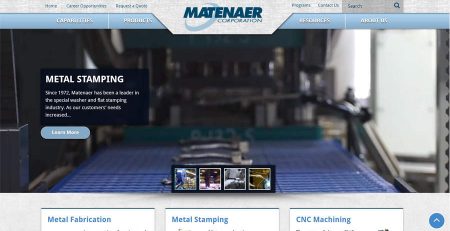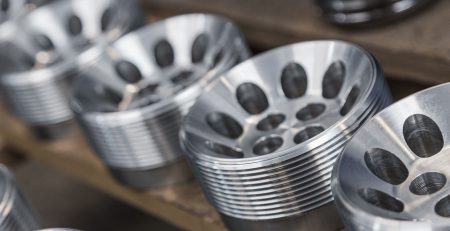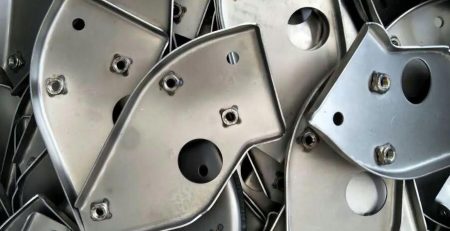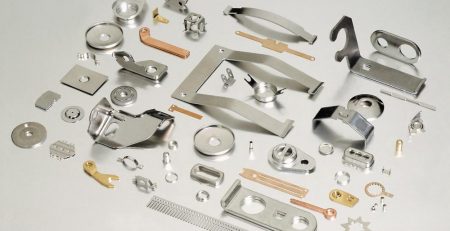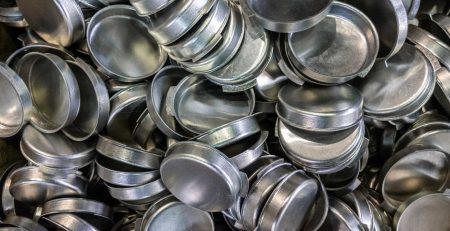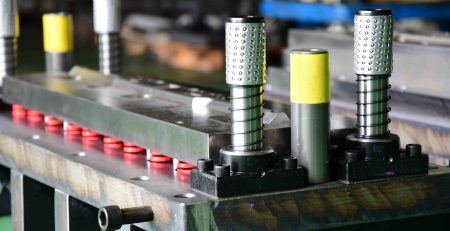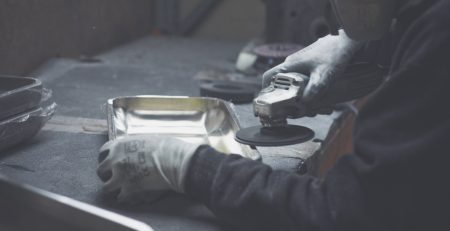The Essential Guide to Electrical Metal Stamping Parts
As technology continues to advance, there is also an increasing need for high-quality and efficient electrical components to keep up with the advancements. As an example of a component that plays an important role in many electrical devices, metal stamping parts are one of those components. In addition to their use in a wide variety of applications, these parts are also used in complex machinery used in the manufacturing process, as well as in simple household appliances. This guide aims to provide you with an overview of the essential guide to electrical metal stamping parts, such as what they are, how they work, and the various applications for which they can be used.
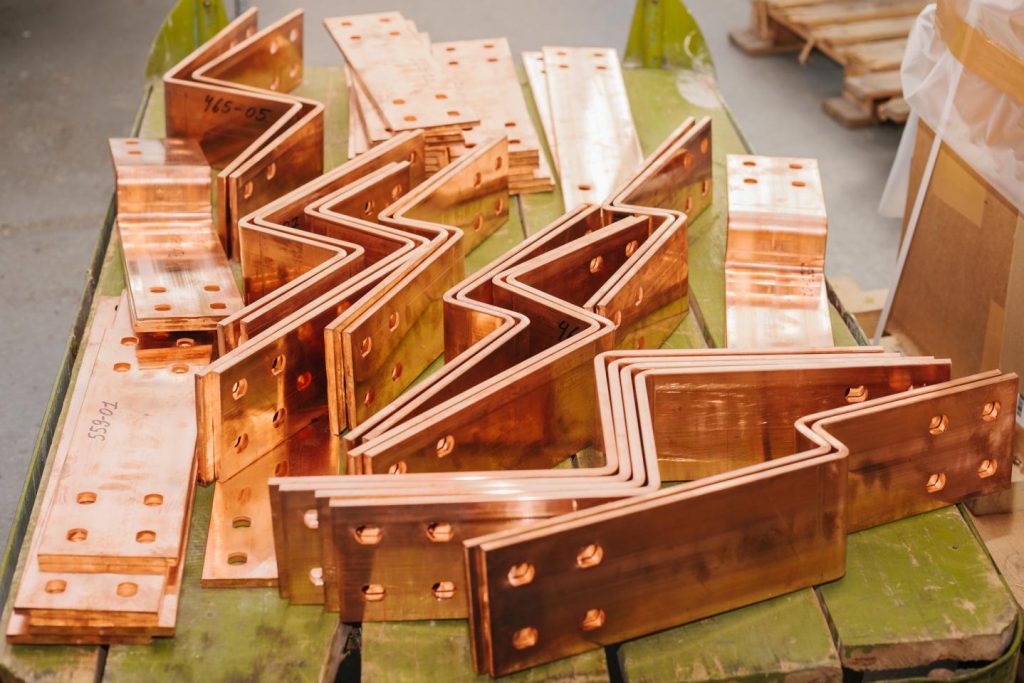
What are Electrical Metal Stamping Parts?
As metal stampedings are also known as electrical metal stamping parts, electrical metal stampings are components that are made by shaping and cutting metal sheets into specific shapes and sizes using metal stamping machines. Parts like these are used in a wide range of applications ranging from electrical enclosures to automotive components, for example. The metal stampings can be made from a wide variety of metals, including aluminum, copper, and steel, and can be made via a variety of methods, including progressive stamping and deep drawing, among others.
The Metal Stamping Process
Metal stamping is a process that involves a number of steps, including designing, creating tools, stamping, and finishing metal parts. A stamping part begins with the design process, in which engineers and designers work together in order to create a blueprint for the part that is to be stamped. There is a lot of information included in this blueprint, including information about the desired shape, size, and material of the component.
Following the finalization of the design, the tooling process will begin as soon as the design is complete. Tooling is the process of creating the dies and molds that will be used to form the metal into the shape that is desired using the dies and molds. Tools like these are usually made from hardened steel and are typically very expensive, especially when it comes to complex stamped parts that require a lot of precision.
As soon as the tooling has been completed, the stamping process can begin. As part of this process, metal sheets need to be fed into a stamping press, where the dies and molds are used to shape the metal into the desired shape. Stamping can be done using any number of techniques, including progressive stamping, deep drawing, and a variety of other methods.
Finally, the final stage of the finishing process involves cleaning and polishing the metal stamping part so that any sharp edges or burrs that may have been created by the stamping process are removed.
Applications of Electrical Metal Stamping Parts
Electrical metal stamping parts have a wide range of applications across many different industries. Some of the most common applications include:
- Electrical Enclosures
Metal stamping parts are often used to create electrical enclosures, which protect electrical equipment from damage and provide a safe working environment for technicians. These enclosures can be made from a variety of metals, including aluminum and steel, and can be designed to meet specific size and shape requirements.
- Automotive Components
Metal stamping parts are also commonly used in the automotive industry to create a wide range of components, including body panels, brackets, and engine parts. These parts are typically made from high-strength materials, such as steel and aluminum, and are designed to meet strict performance and safety standards.
- Consumer Electronics
Metal stamping parts are used in many consumer electronics, including smartphones, laptops, and televisions. These parts are typically made from thin sheets of metal, such as aluminum or copper, and are used to create connectors, brackets, and other components.
- Medical Devices
Metal stamping parts are also used in the medical industry to create a wide range of devices, including surgical instruments and implantable devices. These parts are typically made from biocompatible materials, such as titanium, and are designed to meet strict performance and safety standards.

Advantages of Electrical Metal Stamping Parts
Compared to other manufacturing methods, the manufacturing of electrical metal parts offers a multitude of advantages. A metal stamping process is used to make these parts, involving the pressing and cutting of sheets of metal into shapes and sizes that are precise and suitable for the intended use. There are several benefits associated with electrical metal stamping parts, some of which are listed below:
Cost-effective production: Metal stamping parts can be produced in large quantities at high efficiency, making them a cost-effective solution for companies that require a large number of parts on a regular basis. The high volume of production reduces the cost of labor and minimizes the amount of waste, making the production process more economical and more efficient.
Consistent quality: With electrical metal stamping, components can be manufactured with tight tolerances, which ensures the dimensions and specifications of each part are consistent throughout the entire production process. When it comes to applications where even small deviations in dimensions can have a major impact on a product’s performance, this level of precision is critical.
Versatility: Using a metal stamping machine, a wide range of shapes and sizes can be produced, making it a versatile manufacturing method that can be used for a variety of products. In order to meet specific design requirements, electrical metal stamping parts can be customized in order to meet specific design and specifications, making them ideal for a wide range of applications.
Durability: Parts made from electrical metal stamping are made from high-quality materials that will resist wear and corrosion for a very long time, so they can withstand a lot of usage. They can be very durable and long-lasting because of this, which is important for applications in which reliability and performance are critical, such as in a maritime industry.
Efficiency: A metal stamping machine can produce parts in a short amount of time, resulting in a reduction in production times and a greater level of productivity. For companies that require fast turnaround times, metal stamping is the perfect method of manufacturing to use for their manufacturing process.
Overall, electrical metal stamping parts have a wide range of advantages that make them superior to other types of manufacturing. This type of material is cost-effective, versatile, and is capable of being produced with a consistent level of quality and high efficiency. Various industries, including electronics, automotive, and aerospace, have relied on these advantages to make them an increasingly popular choice over the years.

